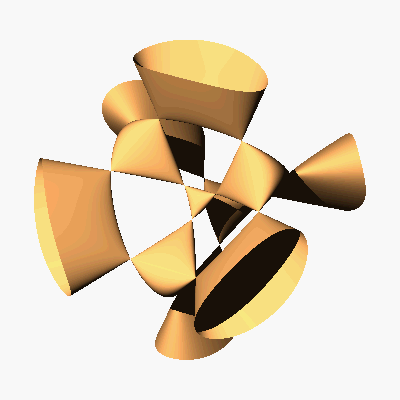In the talk I shall describe a puzzle for children. We have a
pile of stones and a graph D with n vertices. At most one stone may be
placed on a vertex, so a vertex has one of two states: stoned or
unstoned. We move by selecting a vertex v having an *odd* number of
stoned neighbors, and then change the state of v. Given an initial
configuration of stones on the graph D, we try to reduce the total
number of stones as much as possible. How to determine this minimal
number of stones from the initial configuration?
This puzzle, introduced by Mark Reeder in 2005, is related to the
Galois cohomology set H^1(R,G), where G is a simply connected,
simple, compact algebraic group over the field R of real numbers. The
graph D is the Dynkin diagram of G. We solve a generalized version of
the puzzle. Our solution of generalized Reeder's puzzle gives a
method to compute the number of connected components of (G/H)(R),
where G is a simply connected semisimple R-group, H is a simply
connected semisimple R-subgroup of G, and G/H is the homogeneous space
of G by H, which is an algebraic variety over R.
This will be a colloquium-style talk. No preliminary knowledge of
algebraic groups, Dynkin diagrams or Galois cohomology will be
assumed. The talk is based on a joint work with Zachi Evenor (TAU).
|

